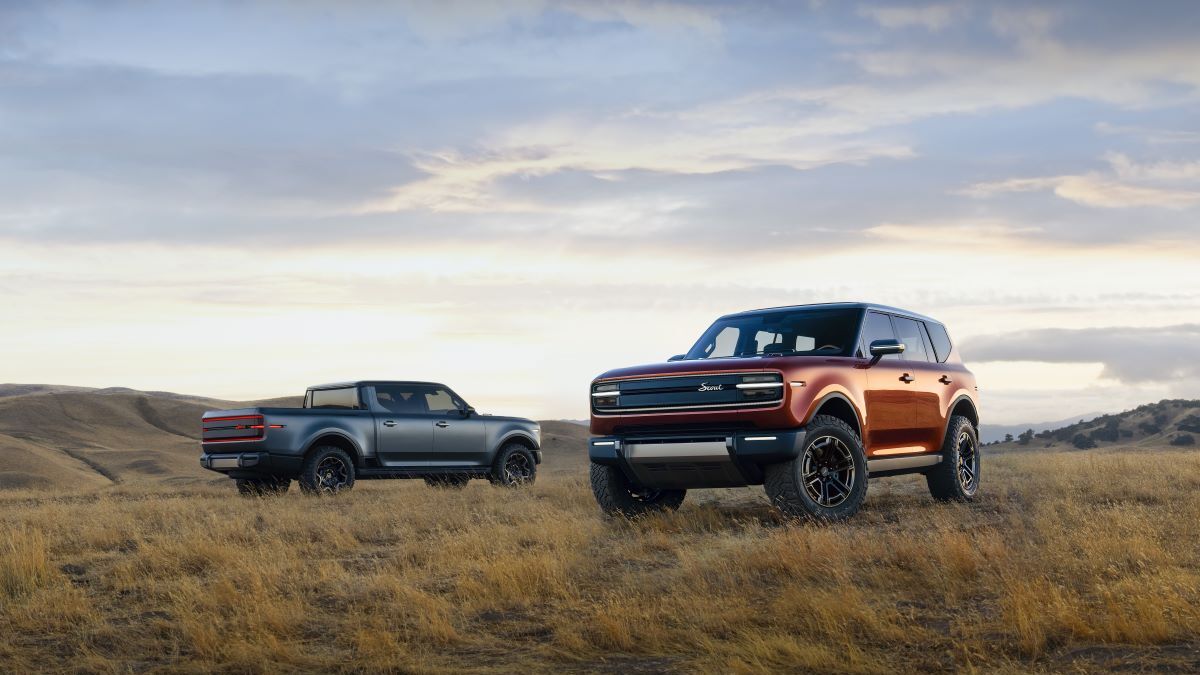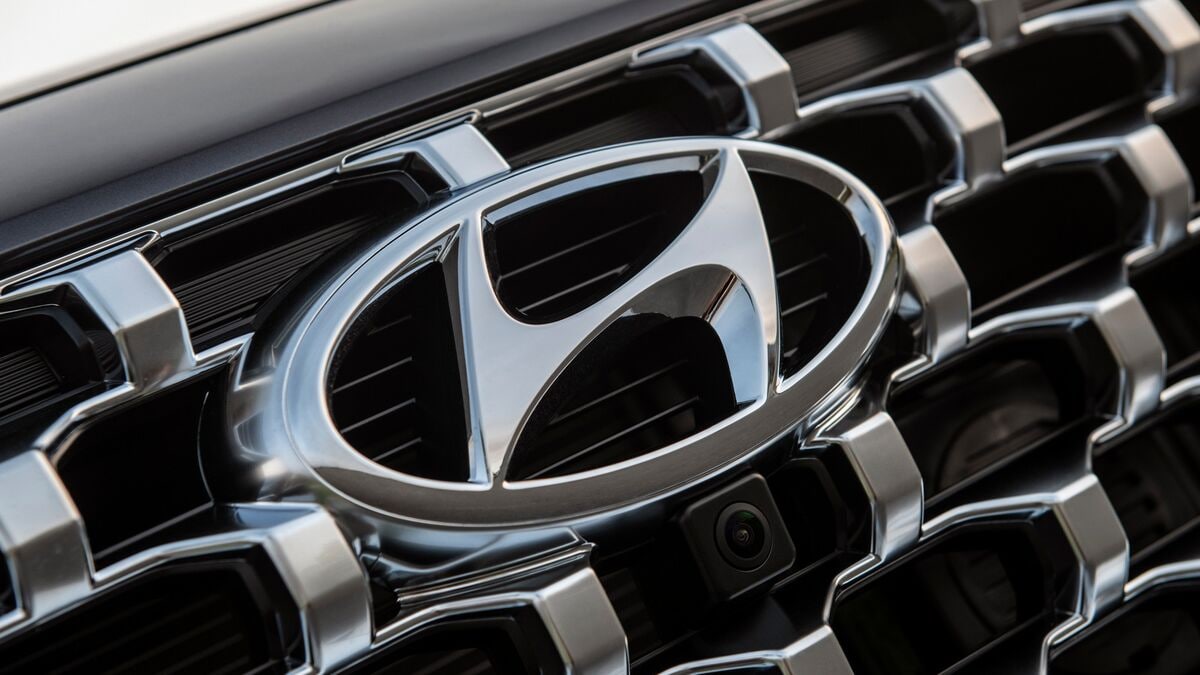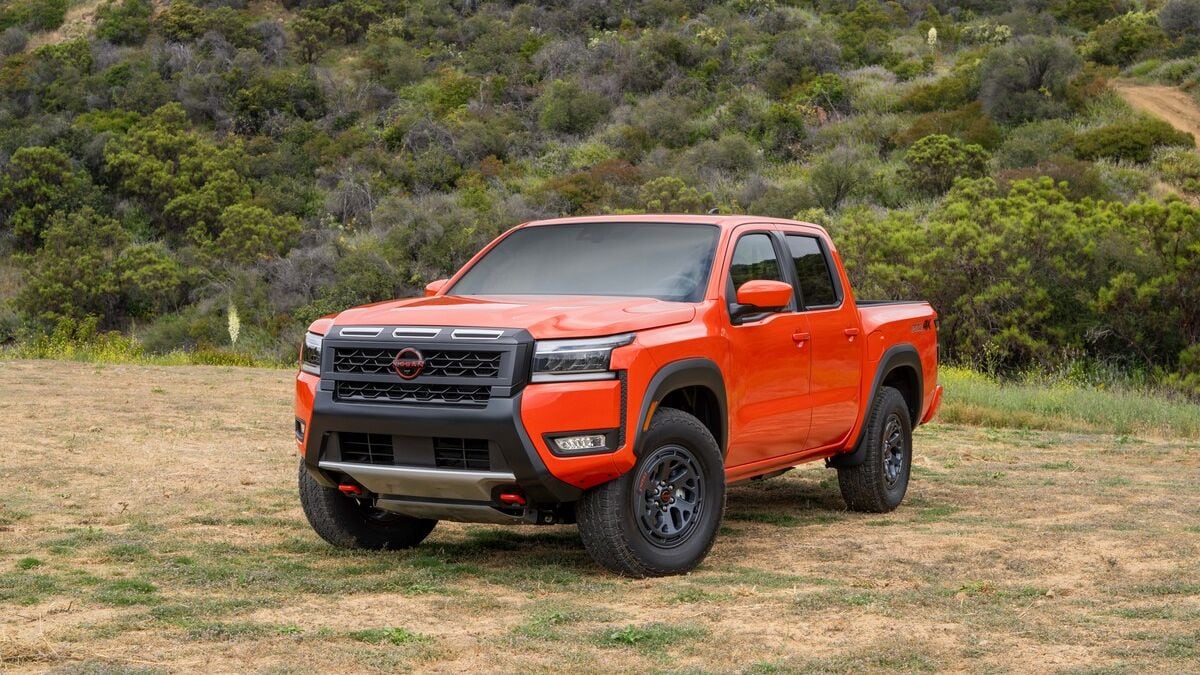
Enter the 2023 Ford Ranger Raptor.
A New Category
Ford kicked off the high-performance off-road truck category in the U.S. back in 2010 with the introduction of the F-150 Raptor — a full-size truck with two or three trucks’ worth of suspension. With tricks like long-travel suspension, mud tires, and a locking differential, it turned the ordinary F-150 into a desert runner. It quickly became a halo product for Ford, with buyers signing up months in advance for the chance to buy one.
For many, the Raptor became an icon. Twelve years may be too short a time to earn a place alongside the Mustang and Corvette in the pantheon of American engineering. But a race-bred full-size pickup truck may be the most American of products.
It’s also rather limiting. Americans buy a lot of full-size trucks. But many of us want the utility of a pickup without the huge blind spots and difficult parking jobs associated with a full-size truck. Ford knows this — witness the runaway success of its new Maverick compact truck, which sold out before many of us even saw one on the road.
So a smaller halo truck seems like an easy win for Ford. And they built one. In 2019. It was called the Ford Ranger Raptor.
Finally Coming Home
Incredibly, they didn’t bring it to their home market.
In 2023, they promise to do the obvious. The second generation of the Ranger Raptor is coming home.
We don’t know pricing details yet, and it’s a little hard to predict them. The F-150 Raptor is not the most expensive F-150, but that truck has luxury editions the Ranger doesn’t. So we’d expect the Ranger Raptor to command a significant premium over the mid-$30,000 price tag of the Ranger Lariat. But we’ll know more closer to launch.
Twin-Turbo, with a Solution to Lag
It will arrive under the power of a twin-turbo V6. The engine is good for 392 horsepower and 430 pound-feet of torque (though that is officially a European specification, and numbers could change slightly when returned for American tastes).
An anti-lag system keeps the turbochargers spinning for a few seconds after the driver lifts off the gas, which could go a long way toward making that engine feel more powerful without robbing the truck of gas mileage.
Power goes through a 10-speed automatic transmission to all four big, 33-inch tires.
All About the Springs
But, strange as it sounds to say, the engine isn’t the most important part of a Raptor. Raptor trucks have always wrung most of their performance credentials from suspensions that let them take rough terrain at high speeds.
To that end, Ford has fitted the little Raptor with exclusive new upper- and lower control arms, increasing suspension travel. FOX Live Valve dampers cushion things and are filled with Teflon-infused oil because your Dutch oven isn’t the only thing you own that could use less friction.
The shocks are tuned to give maximum damping in the last 25% of their travel, in case you have some Hollywood-action-movie jumps in mind.
Front and rear locking differentials and a 2-speed transfer case should help it navigate rocky terrain at slower speeds, too.
Normal, rock crawl, sand, and mud/ruts settings, as well as a desert-racer Baja setting, retune things for terrain type.

European, left-hand-drive model is shown.
Obviously a Raptor, Inside and Out
The Ranger Raptor gets the same enormous grille with the big block-lettering F-O-R-D logo as its big brother and huge fender flares (though not quite the massive set fitted to the Bronco Raptor). Inside, a 12.4-inch driver’s instrument cluster and a 12-inch central touchscreen handle entertainment and climate functions. Wireless Apple CarPlay and Android Auto are standard, as is a Bang and Olufsen sound system. Code Orange accents and badging remind you that you’re in a Raptor.
We’ll bring more information closer to launch.
In the meantime, let’s all start advocating for this trend to reach its logical conclusion. It’s time for a Maverick Raptor, isn’t it?








